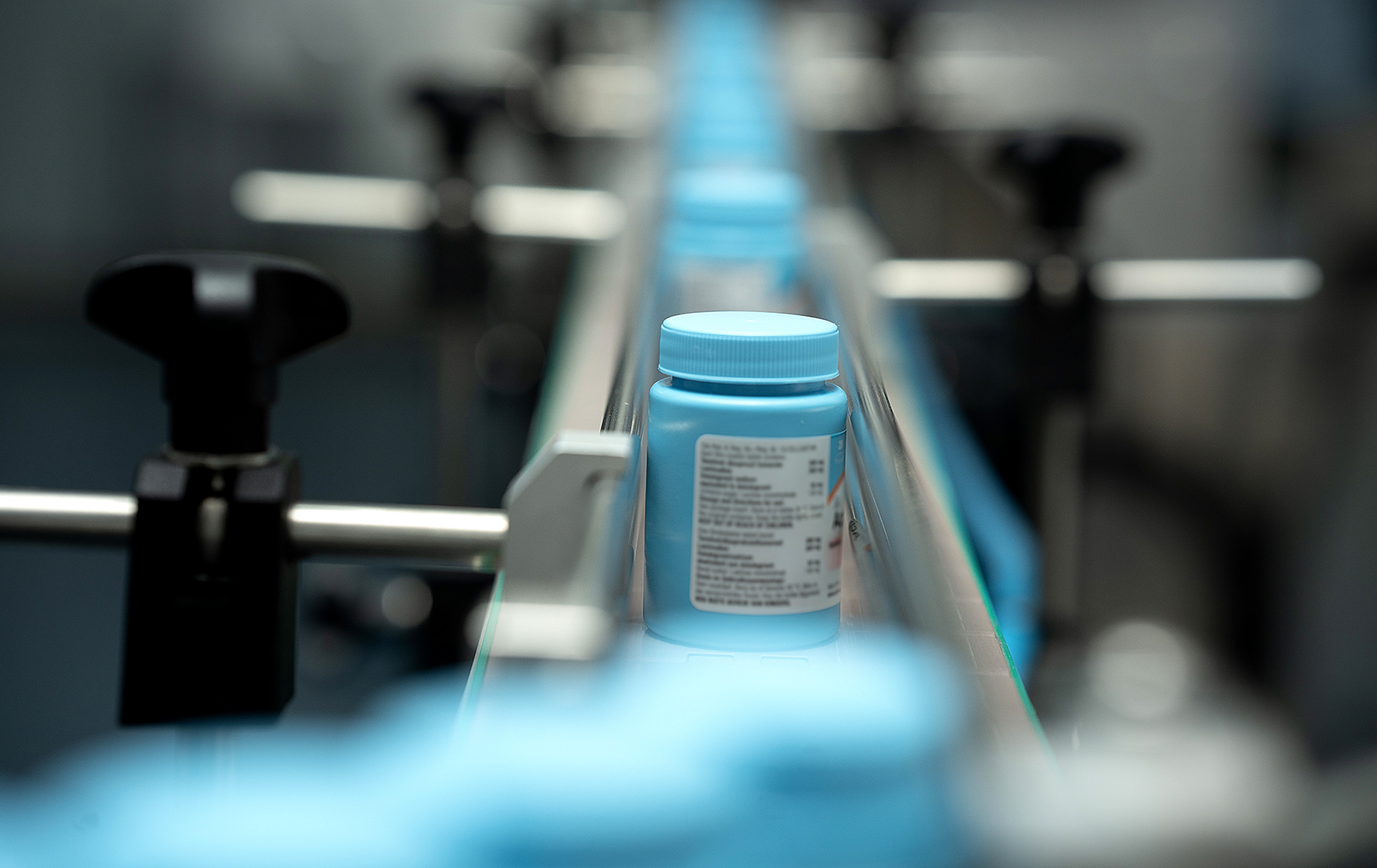Viatris, a global healthcare company, announced in November it had produced its first batch of locally manufactured antiretroviral (ARV) medicines at its newly upgraded facility in Isando – a significant milestone in the company’s investment in South Africa.
South Africa – which faces a significant challenge in reducing new HIV infections, which stand at 150,000 per year, primarily affecting women between the ages of 18 and 24 – imports almost 85% of all essential medicines consumed, primarily from India, Europe and China.
During the Covid-19 pandemic, India’s trade embargo on medicines and PPEs highlighted the risks of reliance on foreign suppliers.
Board director and president of the Southern African HIV Clinicians Society, Dr Ndiviwe Mphothulo, told Daily Maverick that without local production “the country may face shortages of lifesaving medications, compromising the health and well-being of its citizens, particularly the over eight million people living with HIV, and six million on ARVs. The success of the National Health Insurance relies heavily on access to medicines, which cannot be dependent on another sovereign country.”
Mphothulo that “to eliminate HIV as a public health problem by 2030, the country aims to reduce new infections to less than 40,000 per year. One of the tools we can use in reducing these new HIV infections is the use of groundbreaking long-acting injections for HIV prevention.”
However, the problems were cost and access.
The long-acting ARV jabs cabotegravir and lenacapavir “have the potential to be a game changer for HIV prevention. However, affordability and access remain significant concerns, particularly for low- and middle-income countries. For instance, lenacapavir is currently unaffordable for many countries, resulting in inequity in access to this lifesaving medication. We need manufacturers to enter into licensing agreements for generic production of these long-acting injections, making them more accessible and affordable.”
Mphothulo said local production can make treatment more affordable.
“As the largest consumer of ARVs, with six million people on treatment, South Africa is vulnerable to fluctuations in global prices and exchange rates. Local production can help mitigate these risks, ensuring a stable and affordable supply of essential medicines.”
Nelson Dlamini, interventions and communications head at the South African Aids National Council, echoed Mphothulo’s sentiments, but added that although local production can help create better access, South Africa still needs its own core ingredients, or APIs (active pharmaceutical ingredients).
“Local production doesn’t necessarily result in affordable medicines; when you are producing locally, the core ingredients… in the medicine matter the most. If you are still importing most of the ingredients, you will not necessarily cut cost but may improve access and stock. Cutting cost is when you are able to produce APIs locally as well. Issues of local production are so vast and they are also affected by government policies, etc. The environment must be conducive to all aspects of the value chain,” he said.
Challenges in production and distribution
Mphothulo said one of the main challenges for South Africa in producing and distributing ARV treatment is the reliance on imported APIs, since “shortages of APIs can disrupt the production of ARVs, compromising the security of supply. Although the government has mechanisms in place to address potential shortages, the country still needs to develop its local production capacity.”
She emphasised that it is crucial to fight against the exclusion of middle-income countries from licensing agreements.
Dlamini said all stakeholders need to collaborate to make local production as efficient and affordable as possible so consumers don’t bear the brunt of the price. He acknowledged that there is progress in strengthening API production.
“We cannot overemphasise the importance of working with the Department of Science and Technology in this endeavour, and when it comes to issues of cheaper pricing, the Department of Trade and Industry is also critical in the conversation. There are many layers to the issue.
“The cost of production in South Africa is very high compared to countries like India, and these costs are pushed to the consumer; some of our challenges are therefore systemic and not necessarily limited to the cost of APIs and patents.”
Dlamini said it is worth noting that in terms of procurement processes, the Public Finance Management Act makes provision for advancing locally produced products, “which is a step in the right direction”.
Viatris invested R100-million in upgrading the Isando facility to align its new manufacturing capability with the global standards and address the government’s goal of increased local manufacture contributing to the Economic Reconstruction and Recovery Plan.
Prashant Sisodia, head of ARV institutional business at Viatris, said in late November that the firm had collaborated with the Department of Health to supply about 172 million doses of first-line ARVs.
The South African Health Products Regulatory Authority granted a licence for the Isando facility to produce ARVs.
The estimated overall HIV prevalence rate is about 13.9% in the South African population. The total number of people living with HIV was an estimated 8.45 million in 2022. In the 15-49 age group an estimated 19.6% were HIV positive, according to Statistics South Africa. DM





